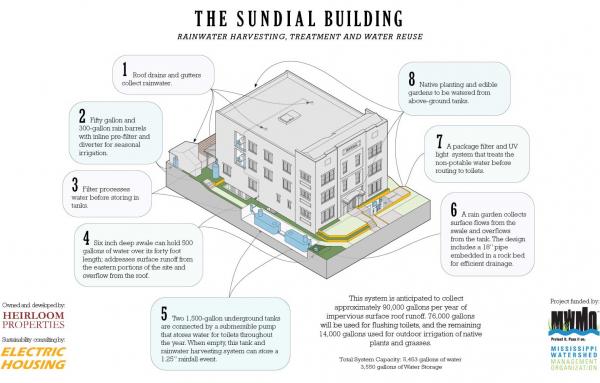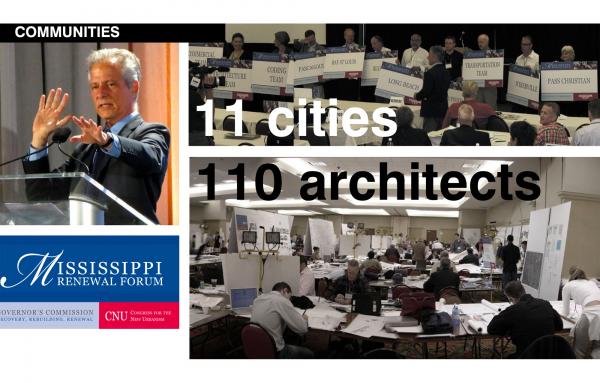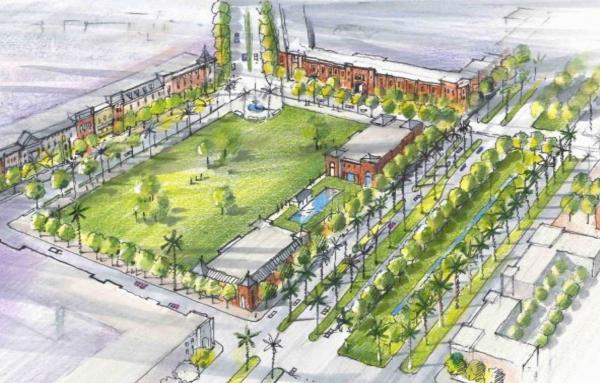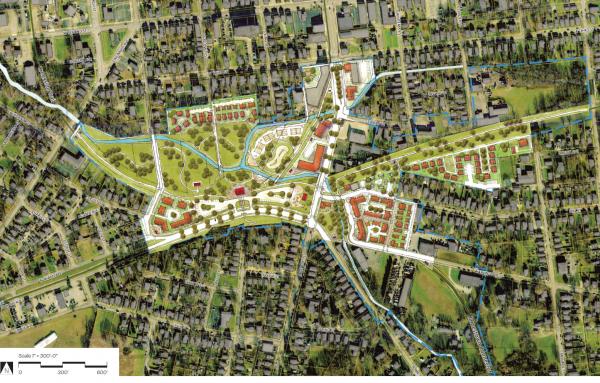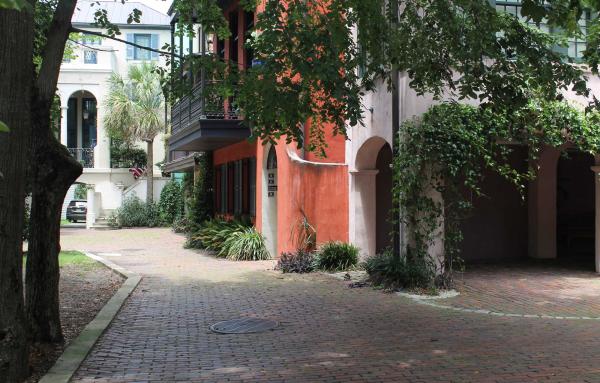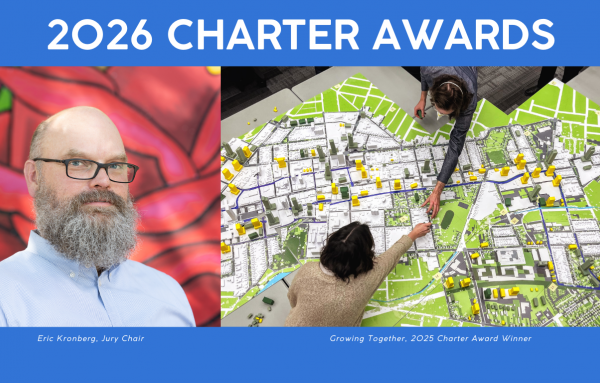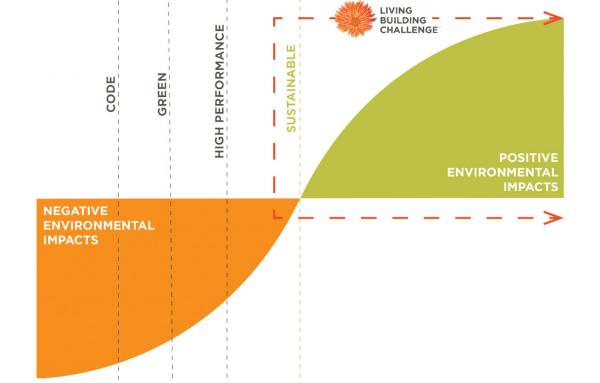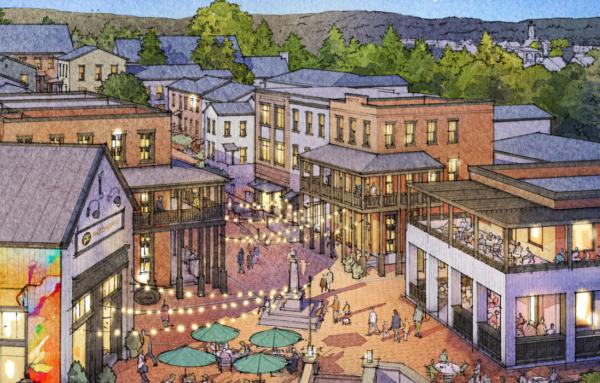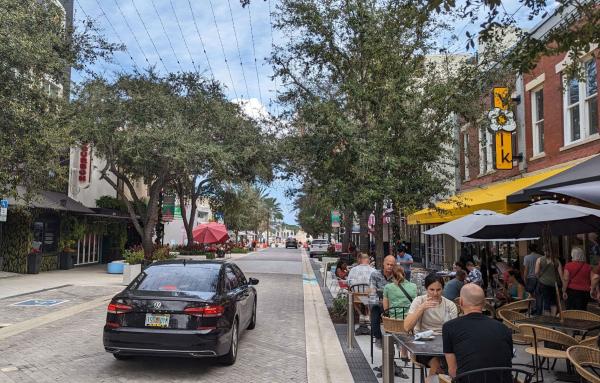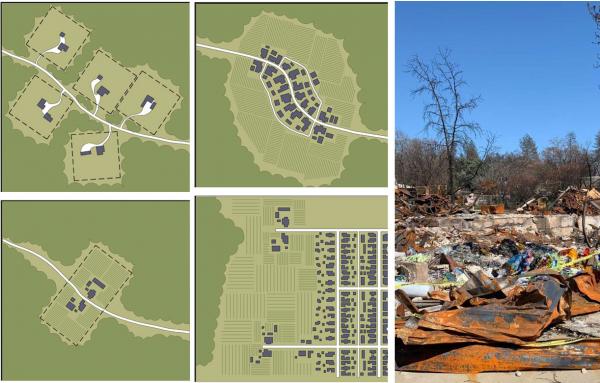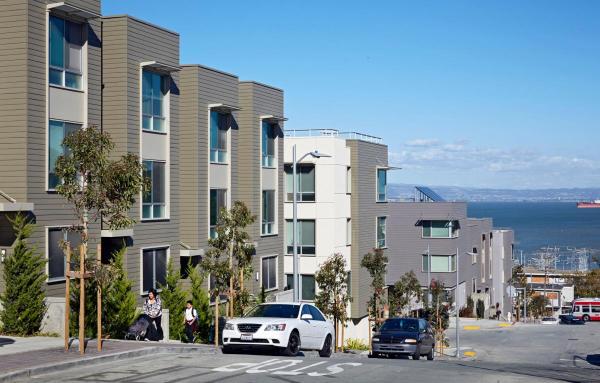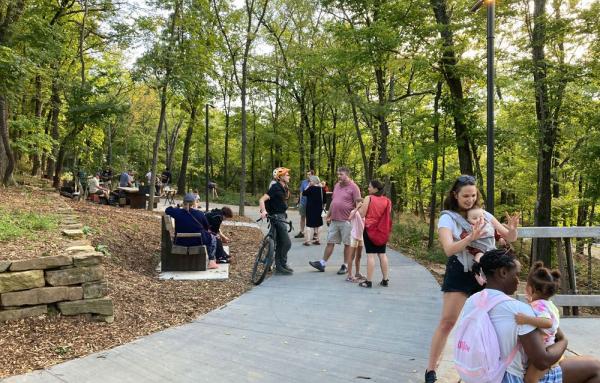RECENT ARTICLES
One of the biggest design charrettes in history, which took place 20 years ago this October, created plans that changed cities along the Mississippi Gulf Coast.
CNU-sponsored plan shows how Southside Savannah could grow by retroffiting an abandoned mall and other sites across from a university campus.
A plan from CNU 32, involving a Hub District at a confluence of greenways in Xenia, a small city northeast of Cincinnati, is having an impact.
Jury chair for the 2026 Charter Awards Eric Kronberg is looking for new urban projects that address issues like attainability, mobility flexibility, climate change, and human flourishing in general.
How might they empower each other to build walkable, decarbonized cities?
A series of small neighborhoods will be built with Missing Middle housing in a suburban part of Athens.
The key to safer and more pleasant streets that add value to downtowns is to slow traffic.
We can lower our vulnerability to climate change by promoting more compact, walkable communities instead of sprawling development.
A Delaware Senator, Lisa Blunt Rochester, offers wide-ranging solutions to the US housing problem.
The Razorback Greenway and a Design Excellence Program are transforming the small cities of Northwest Arkansas.
